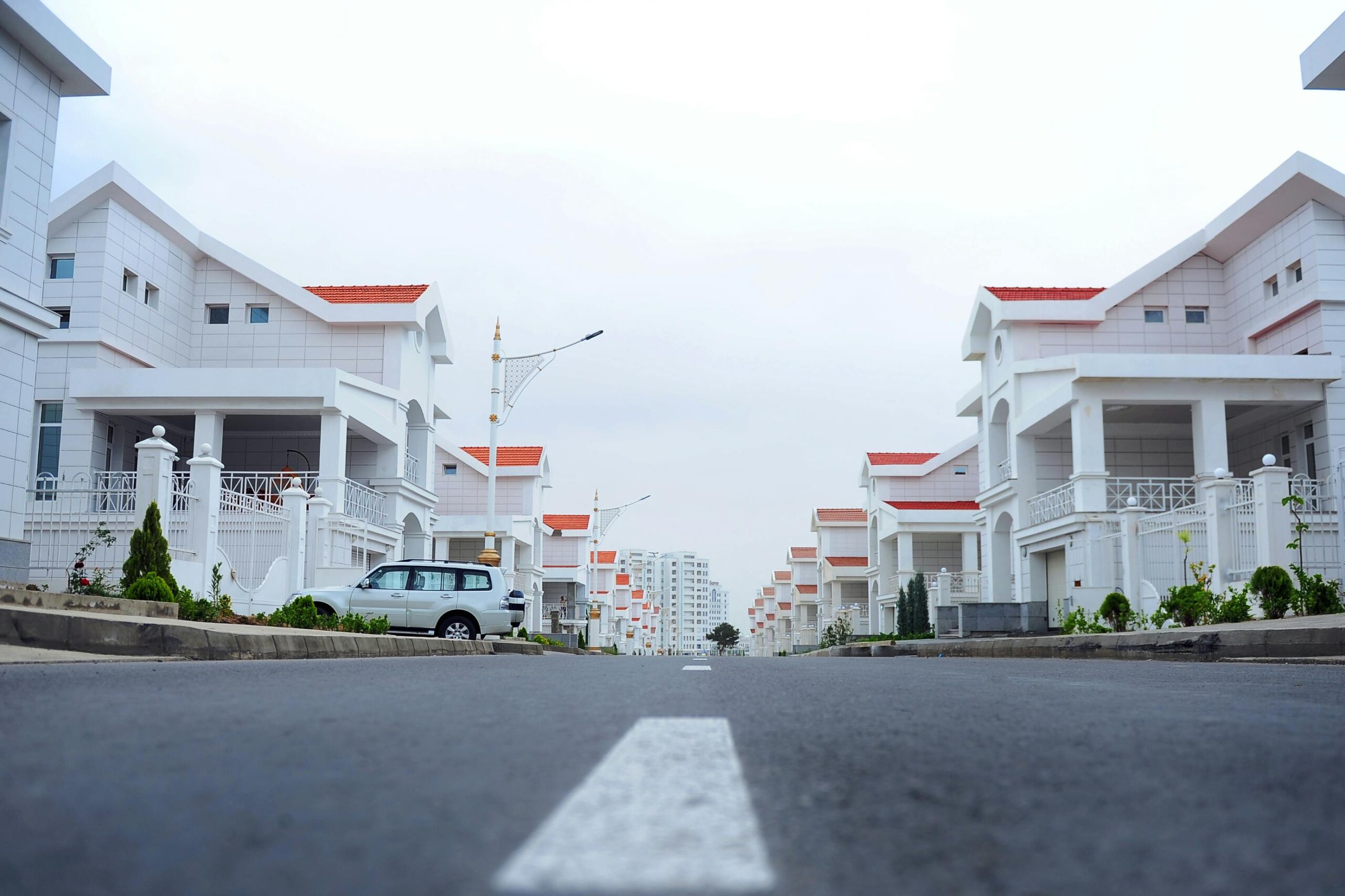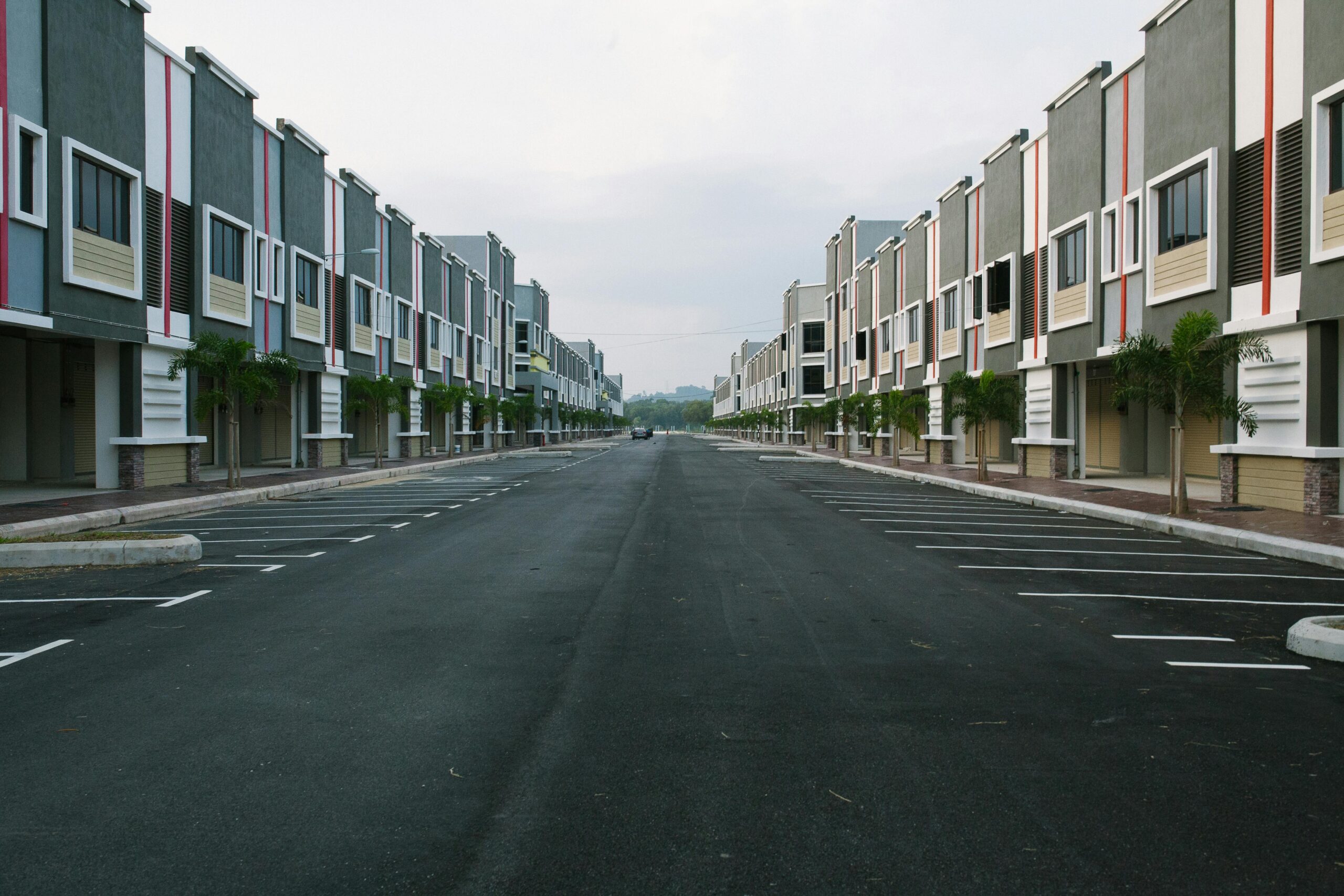
Mixed-use developments are redefining the way Americans live, work, and play, and their influence on the real estate market is undeniable. For decades, urban planning revolved around distinct zones: residential, commercial, and industrial areas were kept separate. But in today’s fast-paced world, where convenience and connectivity reign supreme, the blending of these spaces is becoming the gold standard.
As both first-time homebuyers and seasoned investors seek properties with long-term value, mixed-use developments offer unique opportunities. These hubs of activity combine housing, retail, office spaces, and leisure amenities, creating vibrant, self-sufficient communities. But why are they transforming urban real estate, and what makes them so appealing? Let’s dive into the details.
The Rise of Mixed-Use Developments in the U.S.
Urban sprawl and the need for smarter, more sustainable living solutions have fueled the growth of mixed-use developments in the U.S. Cities like New York, Los Angeles, and Miami are witnessing a surge in projects that combine apartments, co-working spaces, coffee shops, and grocery stores—all within walking distance.
This trend isn’t just confined to major metros. Suburban areas are also embracing the concept, recognizing the benefits of creating mini urban hubs. For example, cities like Austin, Charlotte, and Denver have become hotspots for these developments, attracting young professionals, families, and retirees alike.
What Makes Mixed-Use Developments Stand Out?
Mixed-use developments are designed to be more than just buildings—they’re ecosystems. Here’s why they’re gaining traction:
- Convenience and Walkability One of the most significant draws of mixed-use developments is convenience. Imagine living in a community where you can grab your morning coffee, pick up groceries, and head to work—all without getting into a car. These developments prioritize walkability, reducing the need for long commutes and fostering healthier, more sustainable lifestyles.
- Diverse Amenities From fitness centers and rooftop pools to on-site daycare centers and coworking spaces, mixed-use developments offer amenities that cater to a wide range of needs. For first-time homebuyers, these added perks can make urban living more appealing. For investors, the variety of amenities enhances property desirability, leading to higher demand and potential returns.
- Community Building Mixed-use spaces naturally foster a sense of community. Shared spaces like courtyards, parks, and event venues encourage interaction among residents, creating a vibrant neighborhood feel. For buyers and renters alike, this sense of belonging is invaluable.
- Economic Resilience For investors, one of the most attractive aspects of mixed-use developments is their economic stability. Because these projects combine multiple revenue streams—residential leases, retail rents, and office space rentals—they’re less susceptible to downturns in any single market sector.
The Impact on First-Time Homebuyers
For many first-time homebuyers, affordability and accessibility are top priorities. Mixed-use developments address both concerns in several ways:
Affordable Entry Points
While some mixed-use properties are high-end, many offer affordable housing options like condos or smaller units. These properties provide an excellent way for new buyers to enter the real estate market while still enjoying urban amenities.
Proximity to Employment Hubs
With office spaces often integrated into the development or located nearby, young professionals can significantly cut down on commuting costs and time, making these properties ideal for their busy lifestyles.
Lifestyle Perks
for buyers accustomed to renting in trendy, amenity-packed apartment complexes, mixed-use developments provide a similar vibe—only now, they’re building equity instead of paying rent.
Why Mixed-Use Properties Are Attractive to Investors
For seasoned real estate investors, mixed-use developments represent a compelling opportunity. Here’s why:
- Higher ROI Potential Because these developments attract both residential and commercial tenants, they generate multiple income streams. The mix of long-term residential leases and shorter-term commercial agreements can create a balanced and lucrative investment portfolio.
- Lower Vacancy Risks The variety of uses within these properties mitigates risk. For example, if residential demand dips, commercial spaces like cafes or gyms may still thrive, ensuring steady cash flow.
- Appreciation in Value Mixed-use properties often experience faster appreciation rates than single-use properties. As cities grow and become denser, the demand for well-located, mixed-use spaces typically increases, driving up property values over time.
- Tax Incentives In some cases, local governments offer tax incentives to developers and investors who build or invest in mixed-use projects, especially in areas targeted for revitalization. These incentives can make the financials even more attractive.
Mixed-Use and the Shift Toward Sustainability
Sustainability is no longer a buzzword; it’s a requirement. Mixed-use developments align perfectly with the growing demand for eco-friendly living solutions. By reducing reliance on cars and promoting walkability, these projects help lower carbon footprints. Additionally, many mixed-use developments incorporate green building practices, energy-efficient systems, and shared resources, further contributing to environmental conservation.
For buyers and investors, this emphasis on sustainability isn’t just about doing good—it’s a smart financial move. Properties with eco-friendly features tend to have higher resale values and attract environmentally conscious tenants and buyers.
Challenges and Considerations
While mixed-use developments offer numerous benefits, they’re not without challenges. Here are a few factors buyers and investors should keep in mind:
- Higher Initial Costs Developing or investing in mixed-use properties can require significant capital upfront. However, the long-term returns often justify the initial expense.
- Zoning and Regulation Complexities Mixed-use developments often face stricter zoning and permitting requirements, which can delay construction and increase costs. It’s essential to work with experienced developers and real estate professionals who understand the regulatory landscape.
- Competition As these projects grow in popularity, competition among buyers and tenants can drive up prices. For investors, identifying up-and-coming neighborhoods or undervalued markets is crucial.
The Role of Technology in Mixed-Use Developments
Technology is playing a significant role in shaping the future of mixed-use developments. Smart building systems, mobile apps for community engagement, and tech-enabled amenities are becoming standard. For example, residents may use an app to reserve gym time, order from on-site restaurants, or report maintenance issues. These tech-forward features attract tech-savvy buyers and renters, adding another layer of appeal.
A Look at Successful Mixed-Use Projects
Several high-profile mixed-use developments in the U.S. showcase the potential of these projects. Examples include:
- Hudson Yards in New York City: A massive mixed-use project featuring luxury condos, office spaces, shopping, and cultural venues.
- The Grove in Los Angeles: This outdoor shopping center combines retail, dining, and residential spaces, creating a dynamic urban experience.
- Brickell City Centre in Miami: A hub of activity with high-end condos, office towers, and a sprawling retail complex.
These projects serve as models for future developments, highlighting the possibilities of blending functionality, luxury, and sustainability.
What’s Next for Mixed-Use Developments?
As urban populations continue to grow, the demand for mixed-use developments will only increase. Future trends may include:
- Vertical Mixed-Use Projects: As space becomes scarcer, developers may build taller structures combining multiple uses in a single tower.
- Smart Cities Integration: Mixed-use developments may become part of larger smart city initiatives, incorporating advanced technology to optimize energy use, traffic flow, and public services.
- Adaptable Spaces: Flexible designs that allow spaces to transition between residential, commercial, and recreational uses will become more common, catering to evolving market demands.

The Future of Urban Living
Mixed-use developments are transforming urban real estate in the U.S. by offering a lifestyle that prioritizes convenience, sustainability, and community. For first-time homebuyers, they represent an opportunity to enjoy vibrant, amenity-rich living spaces while building equity. For investors, they provide a resilient, high-growth asset class with significant ROI potential.
As cities continue to evolve, mixed-use developments will remain at the forefront of urban planning, shaping the way Americans live, work, and invest. Whether you’re looking for your first home or your next investment, these dynamic spaces are worth exploring.




